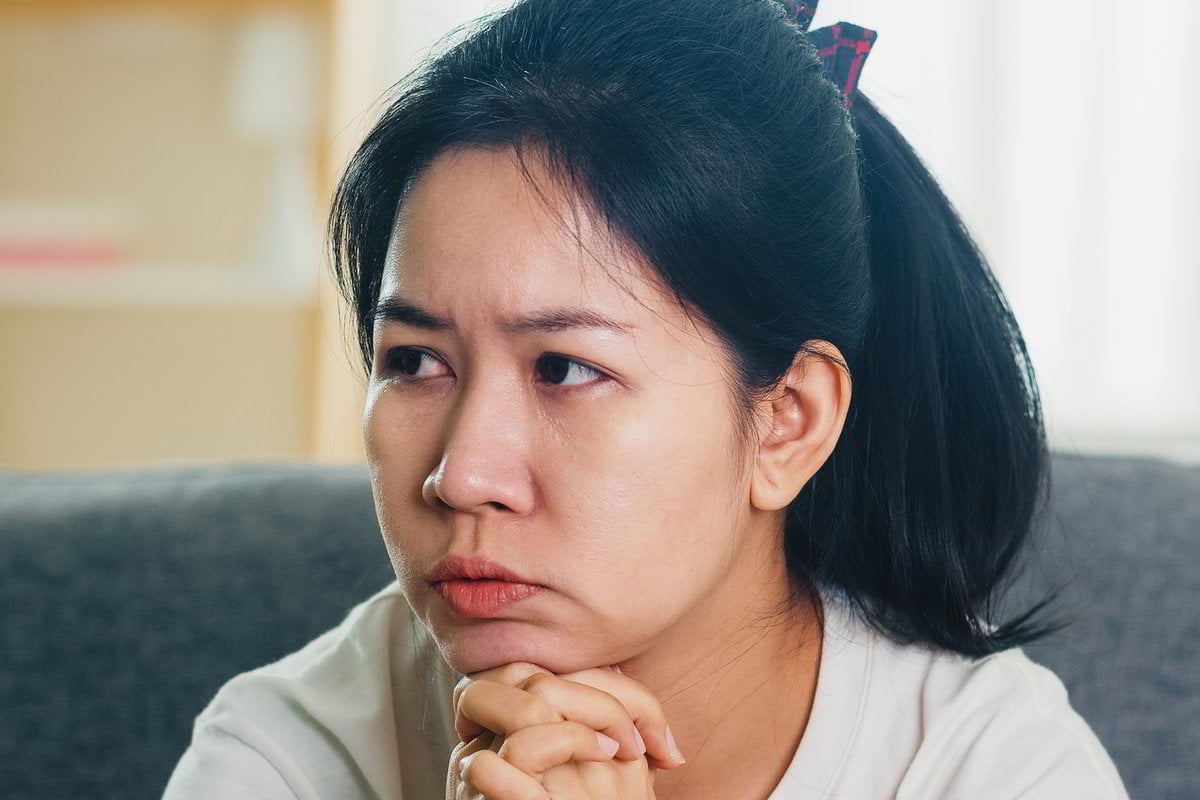
Aliza Werner-Seidler, UNSW and Sophie H Li, UNSW
Access to mental health support has never been more important, as Melburnians are hit with a stage 4 lockdown and much of the rest of Australia braces for a potential second wave of COVID-19.
This year, many mental health professionals have moved to providing telehealth services via phone and video calls.
But what options are available for those who don’t like talking on the phone, or who find it difficult to find a quiet space to have a private conversation?
Watch: 5 Lifestyle hacks to help with your anxiety. Post continues below.
Fortunately, there are several ways to get help without having to speak a word.
1. Talk with a therapist via SMS or web chat
You can access free web chat or text messaging services that allow you to talk with a therapist via messaging.
Lifeline launched an online chat service in 2011, and in 2018 it set up an SMS text service that is available between 6pm and midnight (AEST). These services provide short-term support if you’re in a crisis, with research showing reduced distress and increased coping and connectedness among users of the service.
The Beyond Blue online chat service is another option, established in 2013 and available daily between 3pm and midnight. This is a general service that offers short-term counselling with a trained counsellor, but does not provide crisis support. A recent study found those who received help from Beyond Blue experienced lower levels of distress (although the study evaluated the services as a whole, rather than separating out those who received help over the phone versus via web chat).




























































































